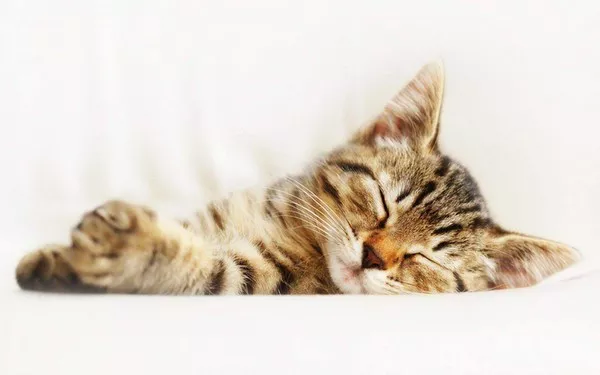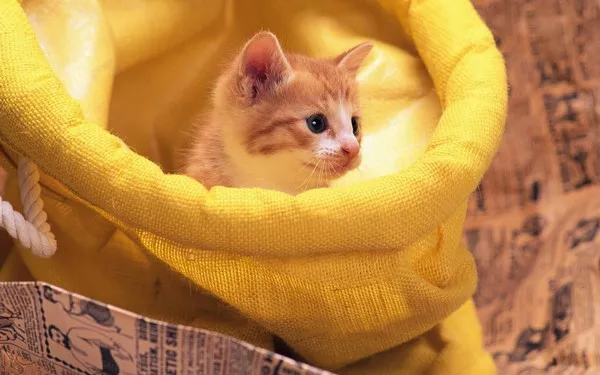Bengal cats are an energetic and active breed, known for their muscular build and unique coat patterns. When it comes to feeding your Bengal cat, it’s important to provide a balanced and nutritious diet to support their overall health and well-being. In this article, we’ll explore how much to feed a Bengal cat, including what factors can affect their dietary needs, and how to determine the appropriate portion size for your cat.
Factors that Affect How Much to Feed a Bengal Cat
- Age: A Bengal cat’s age can impact their dietary needs. Kittens require more frequent feedings than adult cats, and may need to eat more often to support their growth and development.
- Weight: A Bengal cat’s weight can also impact their dietary needs. Overweight cats may need to be fed less, while underweight cats may require more food to maintain a healthy weight.
- Activity level: A Bengal cat’s activity level can also impact how much they should be fed. Active cats may require more calories to support their energy needs, while sedentary cats may need fewer calories to maintain their weight.
- Health status: Bengal cats with certain health conditions, such as diabetes or kidney disease, may require special diets and feeding schedules. Consult with your veterinarian to determine the best feeding plan for your cat’s individual needs.
How Much to Feed a Bengal Cat
The amount of food to feed a Bengal cat can vary depending on their age, weight, activity level, and overall health. As a general rule of thumb, adult Bengal cats should be fed approximately 2-3 meals per day, while kittens may need to be fed more frequently. However, it’s important to monitor your cat’s weight and adjust their portion size accordingly.
In terms of portion size, the general recommendation is to feed your Bengal cat approximately 2-3 ounces of wet food per pound of body weight per day, or about 1/4 to 1/3 cup of dry food per day. However, keep in mind that these are just guidelines, and the appropriate portion size for your cat may vary based on their individual needs.
It’s also important to choose a high-quality cat food that provides a balanced and nutritious diet. Look for cat foods that list whole meats, such as chicken or fish, as the first ingredient, and avoid cat foods that contain fillers or artificial additives.
In addition to feeding your Bengal cat a balanced diet, make sure that they have access to plenty of fresh water at all times. Dehydration can lead to a variety of health problems, so it’s important to encourage your cat to drink plenty of water throughout the day.
Feeding your Bengal cat a balanced and nutritious diet is key to supporting their overall health and well-being. Keep in mind the factors that can impact how much to feed your cat, including their age, weight, activity level, and health status. Monitor your cat’s weight and adjust their portion size as needed to maintain a healthy weight. With proper care and attention, your Bengal cat can enjoy a long and healthy life.


























